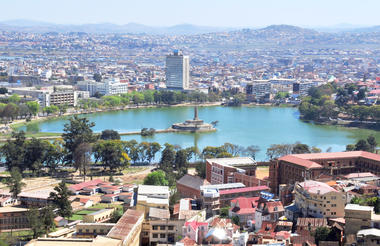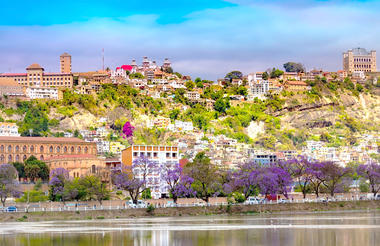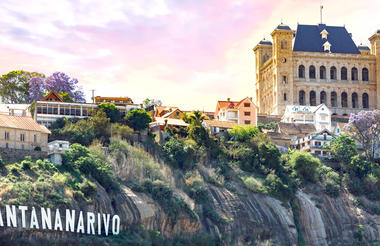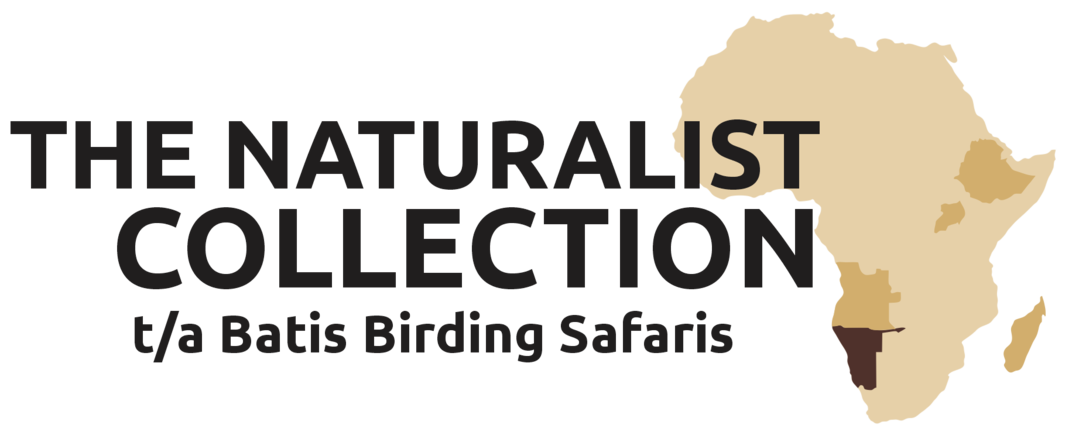Madagascar is the fourth largest island in the world. Evolution has occurred more or less in isolation on this remote island – located 400 kilometres off Africa’s east coast – with the result that much of its indigenous wildlife is found nowhere else on earth, making Madagascar one of the most important treasure troves of biodiversity on the planet. Madagascar’s menagerie of weird and wonderful creatures includes the world’s biggest and smallest chameleons and over 70 species of lemur – long-tailed primates endemic to the island. The Madagascan landscape is no less compelling than the resident wildlife, with terrain ranging from lush jungles and palm-fringed beaches to the knife-edged karst tsingys of the Tsingy de Bemaraha National Park’s ‘stone forests’. Madagascar is an otherworldly paradise where visitors are offered a unique glimpse into a fantastical one-of-a-kind world.
Situated on the northeast peninsula of Madagascar, Masoala National Park is known for its incredible biodiversity. Ranging from flooded marshlands and coastal forests to mangroves, the habitats allow a number of animal species to live here, including aye-aye, red-ruffed lemur, Madagascan red owl and the extremely rare serpent eagle, which are all endemic to the peninsula. The park is also home to chameleons, geckos, and frogs, as well as several species of butterflies and fish which are new to science. Visitors can swim at the clean, picturesque beaches and explore the corals at Tampolo, Ambodirafia and Marofototra offshore. Other activities include: snorkelling, sea kayaking, traditional pirogues, whale watching, and experiencing sustainable life in the rainforest with the local Malagasy community. The nearby Nosy Mangabe Island also offers more to discover, including traditional Malagasy tombs in a cave.



Madagascar’s capital, Antananarivo, is known fondly as Tana and crowns a majestic mountain range at around 1400 metres above sea level. The city boasts a rich historical heritage that is complemented by scenic landscapes and a large network of sublime hiking routes. From here, it is possible to explore several nature reserves (don’t miss Tsingy de Bemaraha National Park, which contains incredible limestone karsts). Known for its vibrant nightlife, Antananarivo features exciting local live music at a variety of clubs and bars. History and architecture enthusiasts have plenty to see - from the remnants of the French colonial era in the old heart of the city to ancient Malagasy palaces and forts. Other bucket-list items include the fascinating Musée de la Photo; the popular Parc de Tsarasaotra (an excellent bird sanctuary), and the vibrant Analakely Market.









